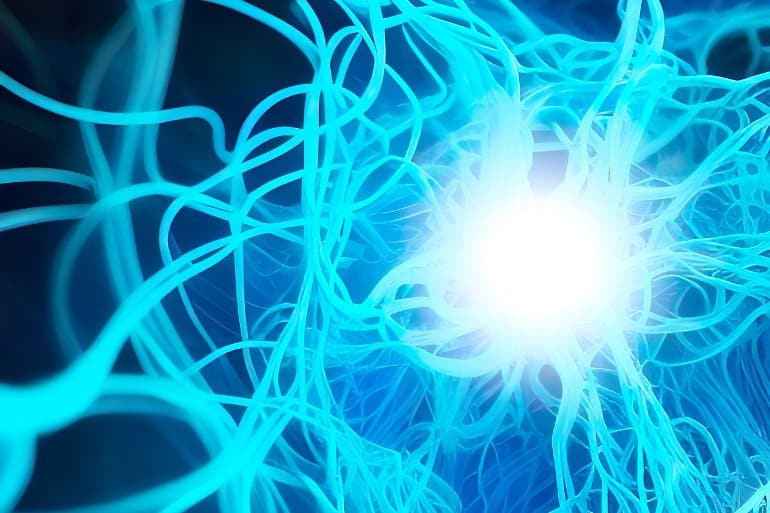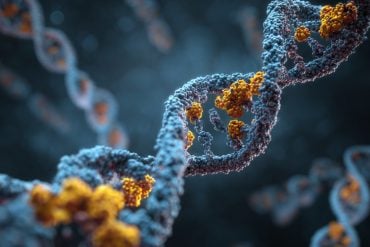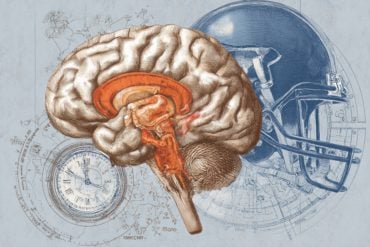Summary: Interneural α5-GABAARs play a critical physiological role in promoting spatial learning and serve as essential targets for the modulation of contextual memory.
Source: PNAS Nexus
A key receptor regulating memory formation has been localized to interneurons, according to a study with implications for drug development.
Robert Pearce and colleagues probed the localization of γ-aminobutyric acid type A receptors that incorporate α5 subunits (α5-GABAARs). α5-GABAARs are concentrated within the hippocampus, a brain structure that is essential for the formation of episodic memories.
The general anesthetic etomidate blocks learning by targeting α5-GABAARs, as do many drugs designed to enhance cognition, intended for use in people with Alzheimer’s disease, Down syndrome, autism, depression, and schizophrenia.
Researchers have assumed that these drugs act through α5-GABAARs on pyramidal neurons, but by monitoring the formation and stability of spatial memories directly within the hippocampus of mice, the authors found that selectively knocking α5-GABAARs out of interneurons rendered etomidate ineffective in blocking memory formation and impaired spatial memory overall.

By contrast, knocking α5-GABAARs out of pyramidal neurons did not alter memory, and did not prevent etomidate from blocking spatial memories.
The authors conclude that interneuronal α5-GABAARs serve a physiological role in promoting spatial learning, and serve as essential targets for etomidate modulation of contextual memory.
About this neuroscience and memory research news
Author: Robert Pearce
Source: PNAS Nexus
Contact: Robert Pearce – PNAS Nexus
Image: The image is in the public domain
Original Research: Open access.
“Control of contextual memory through interneuronal α5-GABAA receptors” by Mengwen Zhu et al. PNAS Nexus
Abstract
Control of contextual memory through interneuronal α5-GABAA receptors
γ-Aminobutyric acid type A receptors that incorporate α5 subunits (α5-GABAARs) are highly enriched in the hippocampus and are strongly implicated in control of learning and memory.
Receptors located on pyramidal neuron dendrites have long been considered responsible, but here we report that mice in which α5-GABAARs have been eliminated from pyramidal neurons (α5-pyr-KO) continue to form strong spatial engrams and that they remain as sensitive as their pseudo-wild-type (p-WT) littermates to etomidate-induced suppression of place cells and spatial engrams.
By contrast, mice with selective knockout in interneurons (α5-i-KO) no longer exhibit etomidate-induced suppression of place cells. In addition, the strength of spatial engrams is lower in α5-i-KO mice than p-WT littermates under control conditions.
Consistent with the established role of the hippocampus in contextual fear conditioning, α5-i-KO mice resisted etomidate’s suppression of freezing to context, but so too did α5-pyr-KO mice, supporting a role for extra-hippocampal regions in the development of contextual fear memory.
Overall, our results indicate that interneuronal α5-GABAARs serve a physiological role in promoting spatial learning and that they mediate suppression of hippocampus-dependent contextual memory by etomidate.






